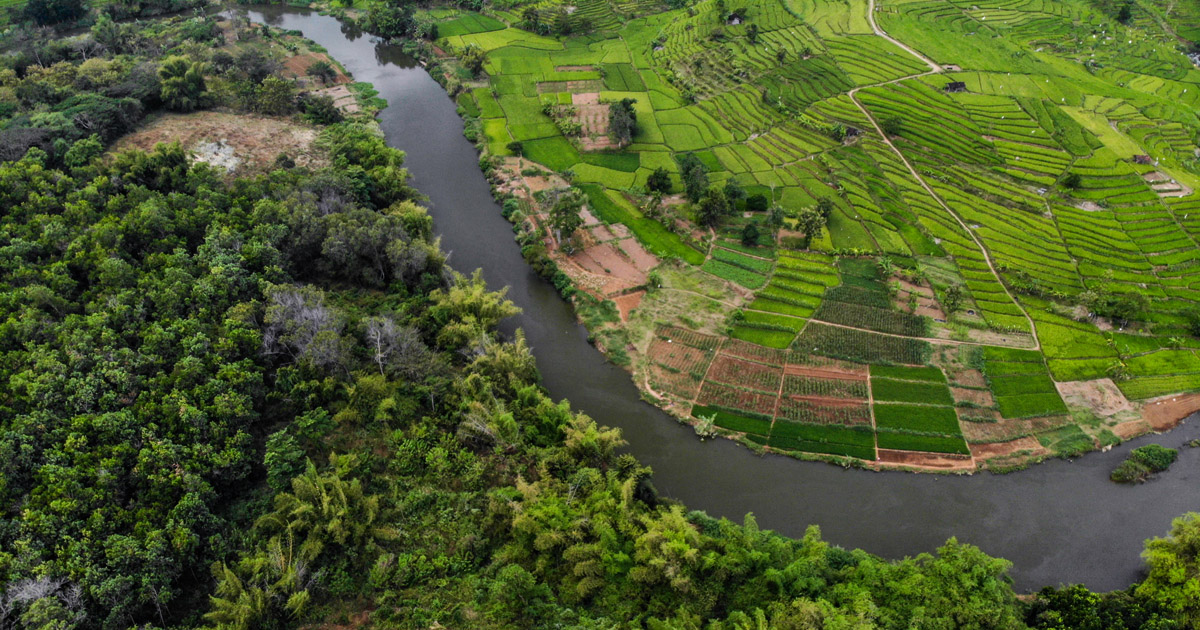Forests and woodlands remain under threat in tropical Africa due to excessive exploitation and inadequate management interventions, and the isolated success stories of tree retention and tree cover transition on African agricultural land are less well documented. In this study, we characterize the status of tree cover in a landscape that contains forest patches, fallows, and farms in the southern part of Uluguru Mountains. We aimed to unveil the practices of traditional tree fallow system which is socially acceptable in local settings and how it provides a buffering effects to minimize forest disturbances and thus represents an important step towards tree cover transition. We assessed land cover dynamics for the period of 1995 to 2020 and compared tree stocking for forest patches, fallows, and farms. We found that tree biomass carbon stocks were 56 ± 5 t/ha in forest patches, 33 ± 7 t/ha in fallows, and 9 ± 2 t/ha on farms. In terms of land cover, farms shrank at intensifying rates over time for the entire assessment period of 1995–2020. Forest cover decreased from 1995–2014, with the reduction rate slowing from 2007–2014 and the trend reversing from 2014–2020, such that forest cover showed a net increase across the entire study period. Fallow consistently and progressively increased from 1995–2020. We conclude that traditional tree fallows in the study site remain a significant element of land management practice among communities, and there appears to be a trend towards intensified tree-based farming. The gains in fallowed land represent an embracing of a traditional land management system that supports rotational and alternate uses of cropping space as well as providing a buffering effect to limit over-exploitation of forests. In order to maximize tree cover and carbon stocks in the farm landscape, this well-known traditional tree fallow system can be further optimized through the incorporation of additional innovations
DOI:
https://doi.org/10.3390/land10060571
Altmetric score:
Dimensions Citation Count:
























